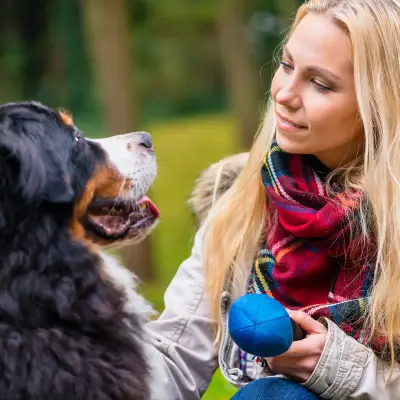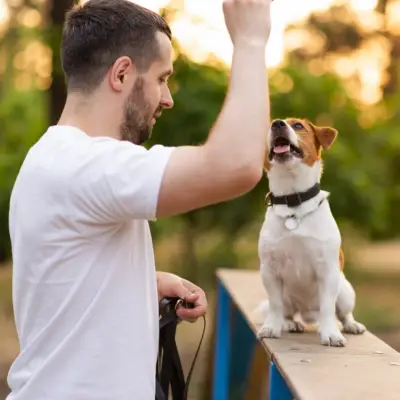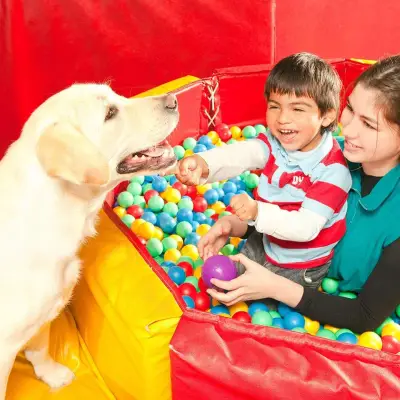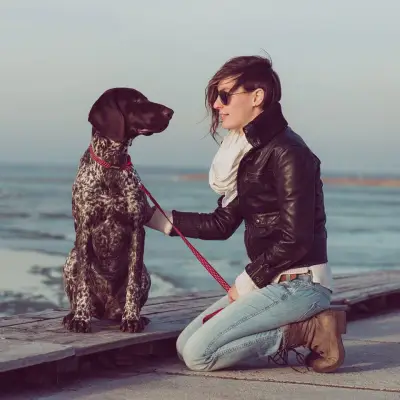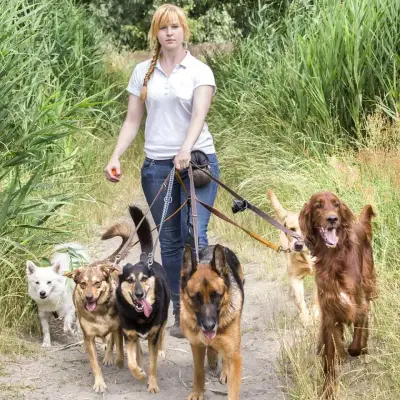Adopting a rescue dog is an incredibly rewarding experience, but those first 24 hours together are crucial for getting your new pup comfortable in their forever home. With so much change and uncertainty for them, it's important to be patient, create a secure environment, and help them make the transition at their own pace.
Jump to:
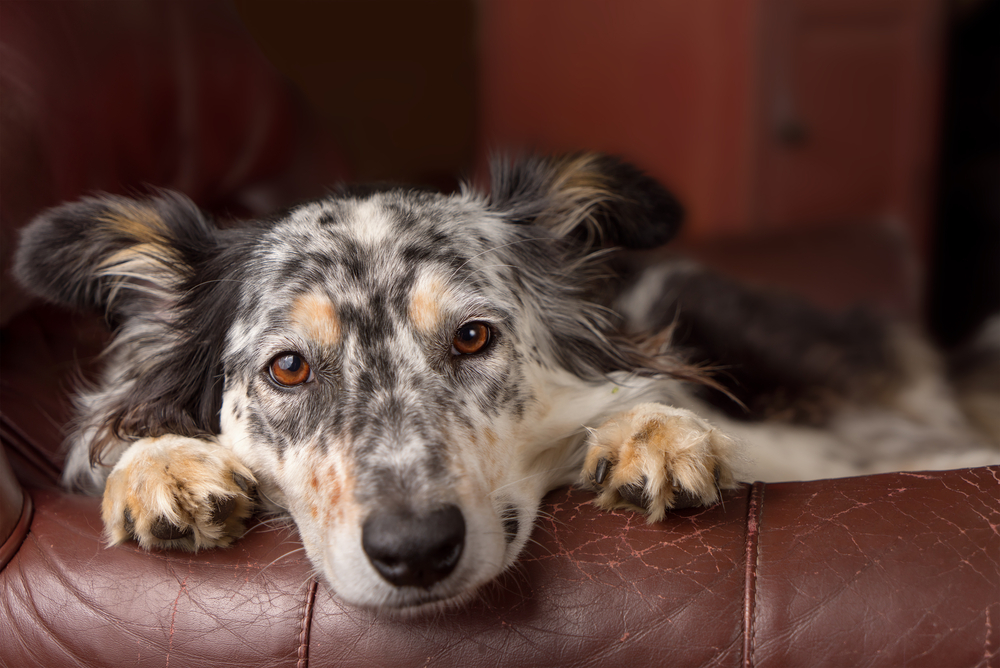
Picking Up Your Pup From the Shelter
The moment you pick up your new dog from the shelter is both exciting and nerve-wracking (for both of you)! Here are some helpful tips to ensure a smooth and safe transition from the shelter to their new home.
- Bring a cardboard carrier and leash - A sturdy cardboard carrier or a soft-sided pet carrier will provide a secure and comfortable space for your dog during the journey home. The leash is to ensure you can safely guide your new dog when they leave the carrier. However, that being said…
- Carry them - To ease their stress and to make them feel safe and protected, consider carrying them from the shelter to your car rather than using the leash at this point. This physical contact can provide comfort for them.
During the journey home, if you are travelling by car, ensure the carrier is placed securely onto the seat to prevent shifting and sliding. You can use the seatbelt, or place it on the floor if there is room.
It is also best to avoid overstimulation. During the car ride, keep distractions to a minimum (e.g limit the number of people in the car and avoid bringing any other pets on the journey with you).
Recommended for you!
Best SellersPreparing Your Home for Your New Dog’s Arrival
Bringing home a new rescue dog requires some preparation to help them comfortably and safely settle into their new environment. The key steps include:
- Dog-proofing: Remove any small or dangerous objects a dog could choke on or that may be harmful if chewed, like children's toys or batteries. Secure electrical cords and toxic household items. Prevent access to rooms or items you wish to be off-limits.
- Setting up a contained area: Creating contained areas within your home can help your new dog feel secure and gradually acclimatise to their new environment. Consider setting up a cosy, designated space for your dog, such as a crate or a comfortable dog bed in a quiet corner. This space can serve as a safe retreat where your dog can rest and feel protected during the initial adjustment period.
- Preparing supplies: Have food and water bowls, treats, toys, and other basics ready for your new dog's arrival.
They’ll more easily make the transition into your home knowing that their needs are met and that nothing will harm them in their new surroundings.
Arriving Home and First Introductions
The initial introduction between you and your new rescue dog sets the foundation for your relationship. It’s crucial to approach that first meeting with patience and calmness. An overly excitable homecoming can quickly overwhelm them!
Give your new dog time to venture out and explore their surroundings at their own pace. Let them sniff around and get acclimated before formal introductions. Resist the urge to immediately smother them with affection (no matter how adorable they are!).
When it's time for greetings, speak in a soft, friendly tone and move slowly. Sit down at their level rather than standing over them. Allow the dog to approach you first before attempting to pet them. You can even give them treats and praise for positive reinforcement.
When it comes to introducing other family members, do this one at a time and supervise small children to ensure it is a gentle interaction. The main thing is to ensure that everyone remains composed, as excitable energy will only cause the dog anxiety.
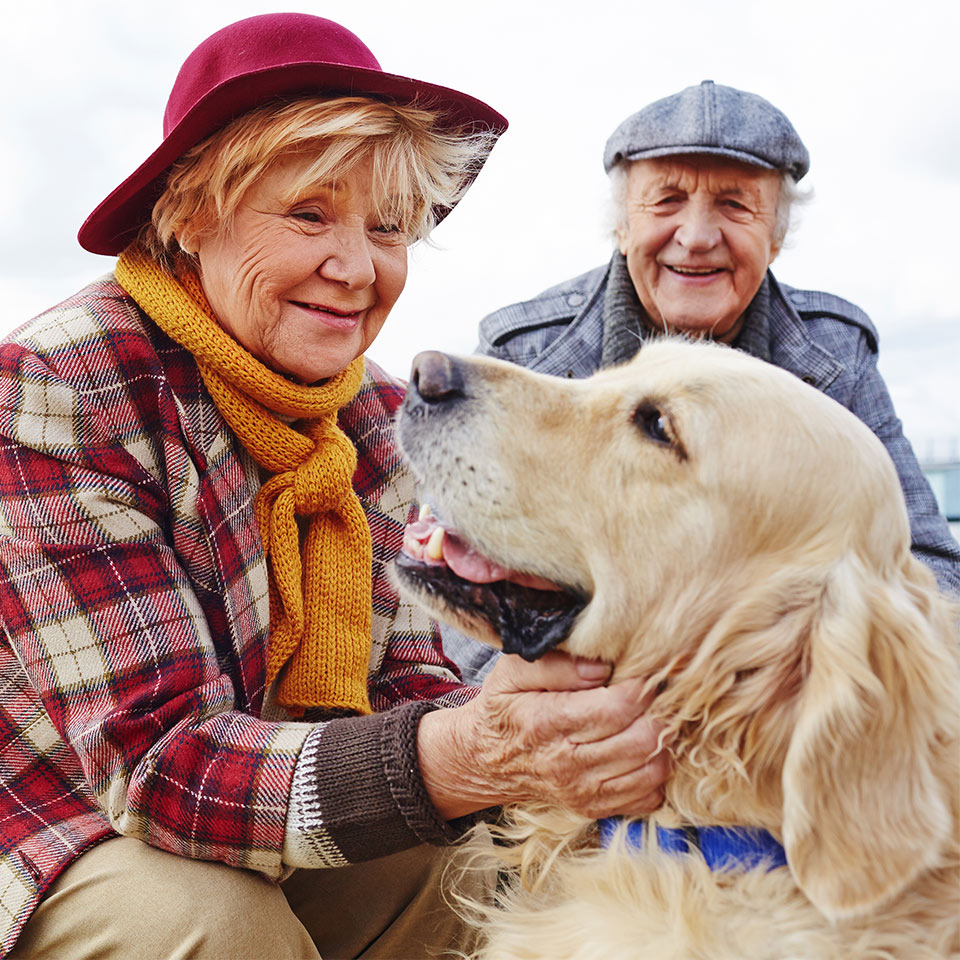
Establishing a Routine
Adopted dogs thrive on structure and consistency and a well-structured routine provides them with a sense of stability and reduces anxiety.
Here are key aspects to consider when establishing a routine:
- Scheduled meal times: Try to feed your dog at the same times each day and in the same designated area. This helps them anticipate when food is coming. You ideally want to feed them twice a day and at the same times.
- Bathroom breaks: Regular bathroom and walking breaks prevent accidents. Take your dog outside first thing in the morning, after meals, and before bedtime.
- Exercise and mental stimulation: Incorporate regular exercise into your dog's daily routine. Daily walks, interactive playtime, and puzzle toys help to keep your dog physically and mentally engaged. A well-exercised dog is more likely to be relaxed and content, reducing the likelihood of behavioural issues.
- Downtime: Dogs need plenty of rest. Provide access to a designated quiet and comfortable area in your home where your dog can rest undisturbed.
Keep in mind that your new dog may need time to adjust to the routine and the new surroundings. During the initial days, observe your dog's behaviour closely and be flexible in making adjustments to the schedule if needed.
Recognising Signs of Stress
Bringing a shelter dog into a new home can be both exciting and overwhelming for them. During the first 24 hours, your new furry companion may experience stress and anxiety as they adapt to unfamiliar surroundings and routines. Therefore it is important to know how to recognise signs of stress.
Common Signs of Stress in Shelter Dogs include:
- Hiding: Your dog may seek out quiet, secluded areas in an attempt to feel safe and protected.
- Trembling or shaking: These can be indicators of nervousness and anxiety.
- Excessive panting: Look out for rapid or heavy panting, especially in the absence of physical exertion.
- Avoiding eye contact: Dogs feeling overwhelmed may avoid direct eye contact, as it can be perceived as threatening.
- Loss of appetite: Do they have a decreased interest in food or are they refusing to eat?
- Restlessness: Pacing, inability to settle down, or constantly changing positions might indicate unease.
- Excessive vocalisation: Excessive whining, whimpering, or barking may be a sign of distress.
If your dog is exhibiting one or more of the above signs of stress, you’ll want to respond with compassion and gentle reassurance, as that is essential for helping them to adjust to their new home. Alternatively you can always consult with a Veterinarian if you are concerned about your new dog’s well-being.
If you need more guidance on managing dog behaviour issues like separation anxiety, fear, or general training, be sure to check out our online Understanding Canine Anxiety and Canine Behavior and Training courses, available now for just £29 each (save £98 per course!). They offer invaluable insights for building confidence, communication and a strong bond with your newest furry family member!
